Pulmonary Stenosis
Translating Pulmonary Stenosis into plain English:
- Pulmonary Valve = the gateway between the right ventricle (right sided pumping chamber), and the lungs.
- Stenosis = Narrowing
Therefore, Pulmonary Stenosis means a narrowing in the opening between the right heart and the lungs.
» Click here to take an animated tour of the normal heart
Is this common?
Pulmonary stenosis is not very common but we still see quite a few patients with this condition. It may occur alone or with other cardiac or genetic conditions.
If I have pulmonary stenosis, what do I need to know?
If the pulmonary valve becomes too narrowed, symptoms can occur.
You should tell your doctor about the following symptoms:
- Palpitations
- Inability to exercise because of breathing problems
- Chest discomfort
- Dizziness
- Fainting/collapse
- Swelling of the ankles or tummy
- Unexplained fevers, sweats and chills
Will I need treatment as I get older?
Treatment is needed when the valve becomes too narrow. Sometimes this can happen even though you feel fine, so regular cardiology visits are important.
Most patients are suitable for balloon valvuloplasty, done at the time of a cardiac catheterization study.
If valvuloplasty is not possible, surgery can re-open the pulmonary valve. Sometimes this leaves patients with a leaky valve, which needs to be followed closely in case the heart starts to become too large or the muscle starts to weaken.
You can discuss the type of intervention (valvuloplasty or surgery) with your cardiologist.
This program was developed by:



